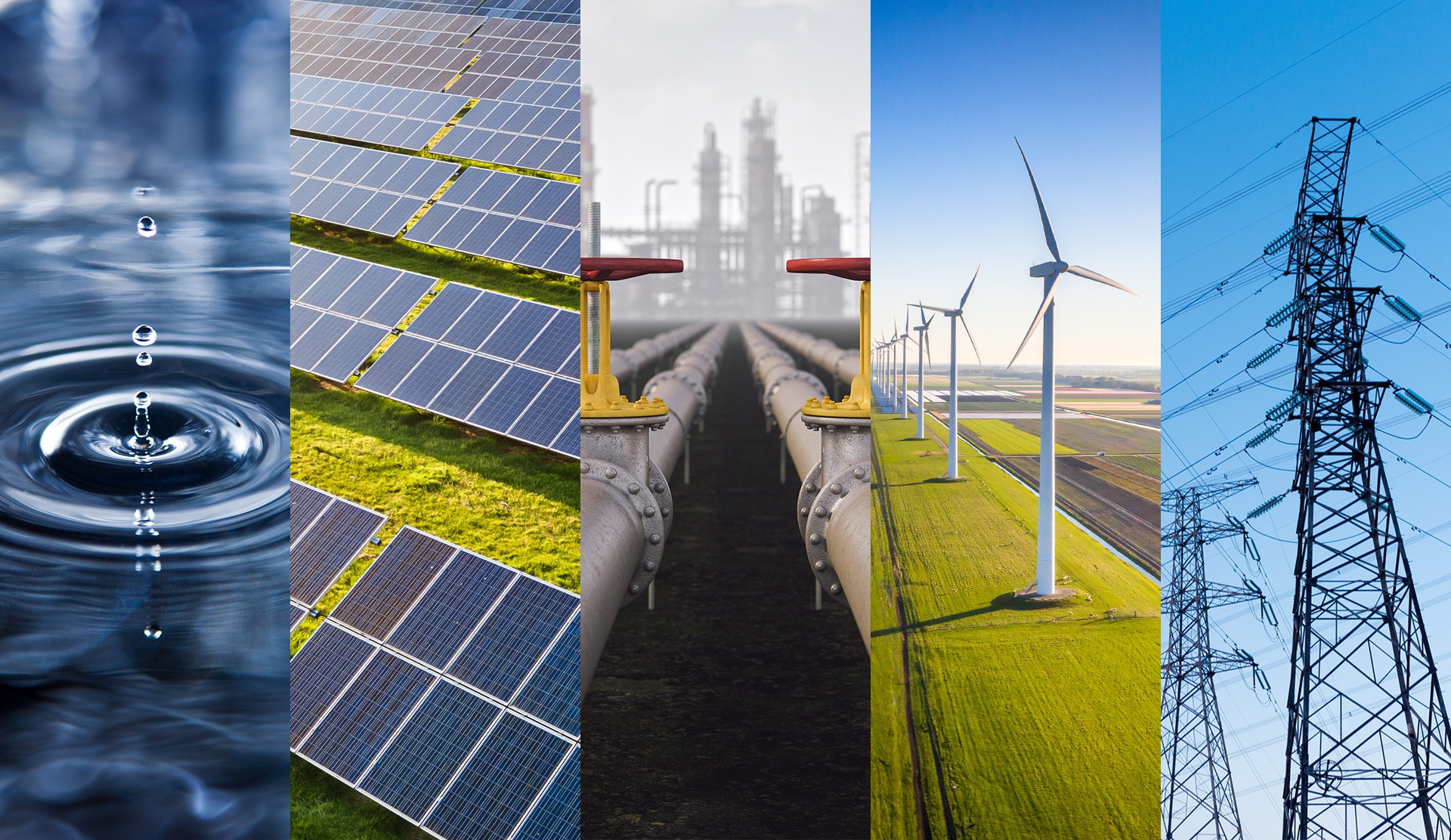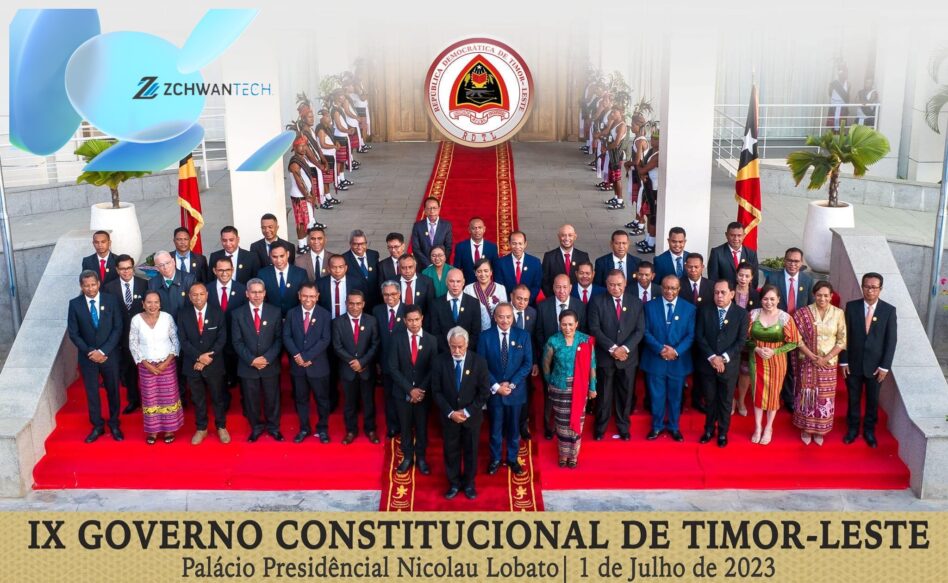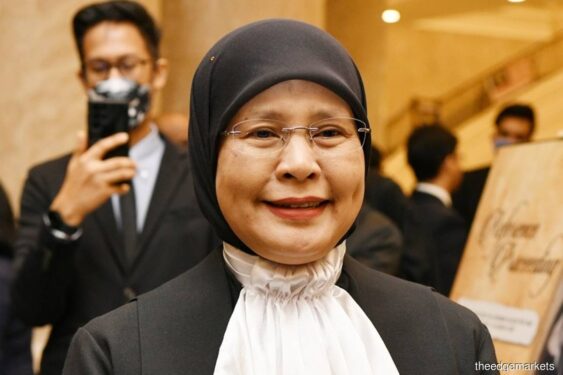YESTERDAY marked the first day of the new base tariff under Regulatory Period 4 (RP4) at 45.40 sen/kWh with the new Automatic Fuel Adjustment (AFA) replacing the Imbalance Cost Pass-Through (ICPT) mechanism being set at 0 this month, in line with the adoption of the new tariff.
Meanwhile, the Ministry of Energy Transition and Water Transformation (PETRA) announced the continuation for rooftop solar users to earn electricity bill credits for excess solar power generated and exported to the grid as per the Net Energy Metering (NEM) programme, which dispels concerns among rooftop solar adopters that they were losing out.
The previous tariff under RP3 lumps everything under a single figure plus the ICPT while the revision under RP4 provides further granularity, breaking it down in terms of generation energy charge, generation capacity charge, network charge, retail charge and the AFA, which is up to 10% of the prevailing energy cost.
“We view the latest announcement by PETRA as a neutral for households with rooftop solar systems, at least a decade until the end of Dec-35,” said MIDF Research.
While domestic and low voltage solar rooftop users continue to be able to offset all three component charges (energy, network and capacity), medium and high voltage users can offset only up to 25% of the network and capacity charges while energy charges can be offset in full.
We view this to be fair, as it ensures heavy users pay their fair share of the fixed network upkeep. In the past, non-solar consumers have indirectly subsidised the network and capacity charges for solar users.
This new offset method under the new tariff will minimise the under recovery of fixed cost and ensures users pay their fair share of the infrastructure cost.
Primarily designed for medium voltage to high voltage users, TOU is now offered to all, including domestic and non-domestic low voltage customers as an option, with smart meters installed. We maintain our POSITIVE stance on the Utilities sector.
The latest tariff framework under RP4 provides greater stability and transparency, especially through the dynamic AFA that removes the lag in fuel-cost recovery thus, protecting Tenaga (BUY,
TP: RM16.40) from fuel price swings. Electricity demand is also expected to be strong this year, with a projected growth of 3.5% to 4.5%.
In May-25, peak electricity demand hit three new highs, with the latest on 27th May at 20.75GW.
Meanwhile, the recent request for proposal (RFP) for new gas-fired power generation capacity also presents a positive catalyst for the sector.
This will be undertaken via two categories, which is the extension of the concession period for existing gas-fired power plants with expiring or expired existing power purchase agreements (PPAs) and through the development of new gas-fired power plants.
This is expected to add about 8GW of new capacity. We expect independent power producers (IPPs) such as Malakoff (Non-rated) and YTL Power International (BUY, TP: RM4.51) to be among the front runners for this new scheme.
The renewable energy subsector remains our top preference, as the key immediate-term beneficiaries of RE initiatives, the aggressive rollouts of large scale solar (LSS) schemes and the longer-term National
Energy Transition Roadmap (NETR). In addition to the stronger demand expected, margins are expected to be favourable, following the steep decline in solar module prices, which are now at an all-time low. —July 2, 2025
Main image: Unite.eu









